Home>Home Appliances>Home Automation Appliances>How To Add A Thermostat Upstairs
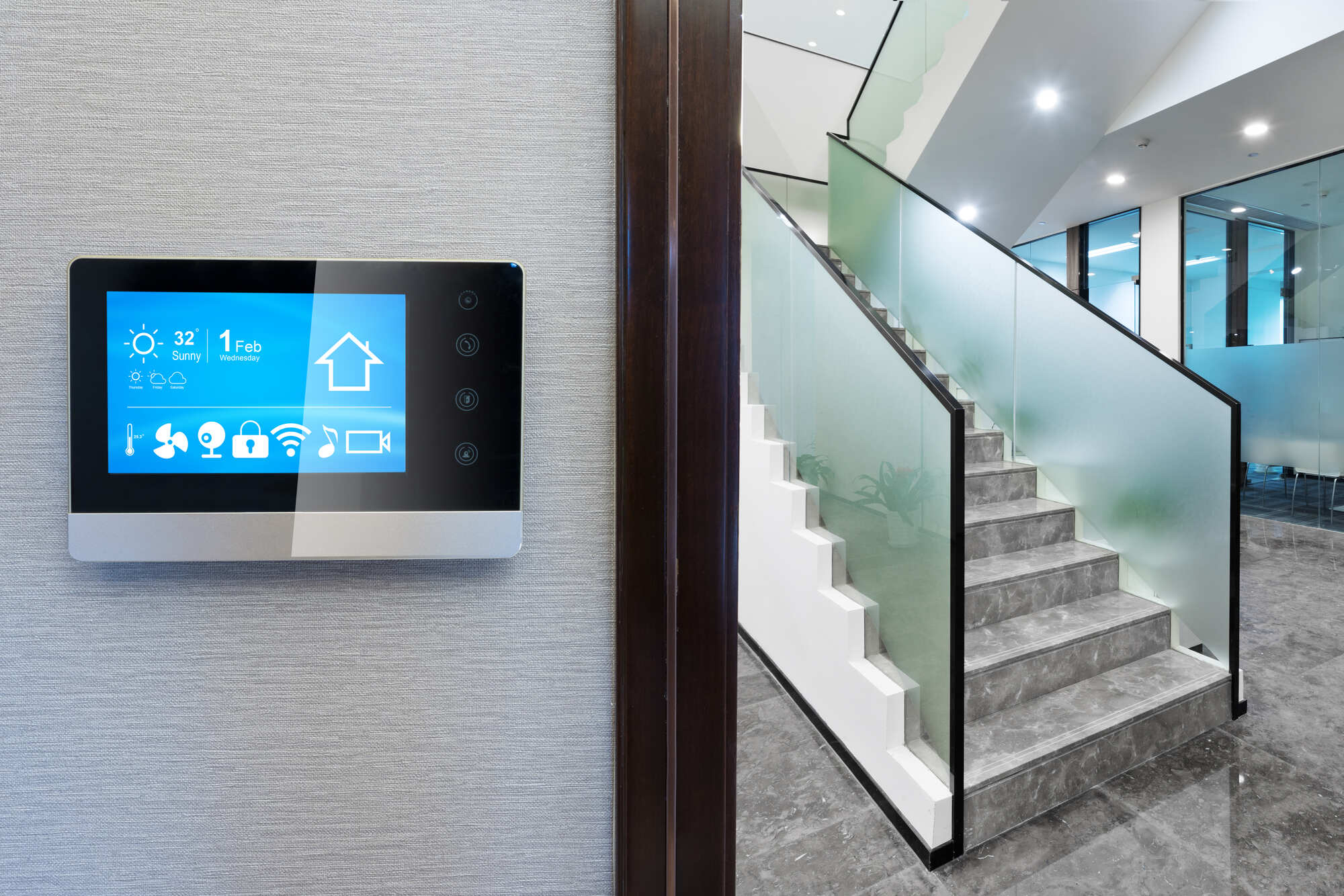

Home Automation Appliances
How To Add A Thermostat Upstairs
Published: January 2, 2024
Learn how to add a thermostat upstairs and improve your home automation appliances. Get step-by-step guidance for a more efficient and comfortable living space.
(Many of the links in this article redirect to a specific reviewed product. Your purchase of these products through affiliate links helps to generate commission for Storables.com, at no extra cost. Learn more)
Introduction
Welcome to the world of home automation, where convenience and comfort seamlessly intertwine. In this guide, we will explore the process of adding a thermostat upstairs, offering you greater control over the indoor climate of your home. Whether you are looking to enhance the efficiency of your heating system or seeking to customize the temperature settings on different floors, adding a thermostat upstairs can significantly improve your overall living experience.
As we delve into this topic, it’s important to note that the process of adding a thermostat upstairs involves careful consideration of the existing heating system, the selection of the right thermostat, proper installation techniques, as well as testing and troubleshooting to ensure optimal functionality. By understanding each of these steps, you’ll be well-equipped to embark on this home improvement project with confidence.
Join us as we embark on this journey, delving into the intricacies of assessing the upstairs heating system, selecting the right thermostat, installing the thermostat, and ensuring everything works seamlessly. Let’s bring comfort and control to every corner of your home!
Key Takeaways:
- Assessing the upstairs heating system is crucial before adding a thermostat. Understanding the existing setup and compatibility ensures a smooth integration of the new thermostat for optimal performance and comfort.
- Selecting the right thermostat is key. Consider compatibility, zoning capabilities, programmable features, smart technology, user-friendly interface, and energy efficiency to enhance comfort and energy savings.
Read more: How To Add A Nest Thermostat To Google Home
Assessing the Upstairs Heating System
Before adding a thermostat upstairs, it’s crucial to gain a comprehensive understanding of the existing heating system. By assessing the upstairs heating system, you can identify its capabilities, limitations, and compatibility with a new thermostat. Here are the key steps to consider when evaluating the upstairs heating system:
- Review the Current Heating Setup: Begin by reviewing the current heating setup in your home. Determine the type of heating system in place, whether it’s a forced-air system, radiant heating, or another configuration. Understanding the fundamental aspects of the existing system will guide your decision-making process when selecting a compatible thermostat.
- Assess Zoning Possibilities: If your home features a multi-zone heating system, assess whether the upstairs area is part of a separate zone. Zoning enables independent temperature control for different areas of the house, and if the upstairs is already part of a distinct zone, adding a thermostat specifically for that zone may be a straightforward process.
- Evaluate Wiring and Compatibility: Examine the wiring and compatibility of the existing heating system with modern thermostats. Some older heating systems may require additional wiring or compatibility checks to ensure seamless integration with a new thermostat. Understanding the wiring requirements and compatibility considerations is essential for a successful installation.
- Consider HVAC System Upgrades: If your existing heating system is outdated or inefficient, this assessment phase presents an opportunity to consider potential HVAC system upgrades. Upgrading the heating system alongside adding a new thermostat can lead to enhanced energy efficiency and improved comfort throughout your home.
By thoroughly assessing the upstairs heating system, you’ll gain valuable insights into its structure, capabilities, and potential for integration with a new thermostat. This foundational knowledge sets the stage for the subsequent steps in the process, ensuring that the chosen thermostat aligns harmoniously with the existing heating infrastructure.
Selecting the Right Thermostat
Choosing the right thermostat for your upstairs area is a pivotal decision that directly impacts the comfort and energy efficiency of your home. With a myriad of thermostat options available, it’s essential to consider several factors to ensure the selected thermostat aligns perfectly with your heating system and desired functionality. Here’s a comprehensive guide to help you navigate the process of selecting the right thermostat for your upstairs area:
- Compatibility with Heating System: Verify the compatibility of the thermostat with your specific heating system. Whether you have a conventional HVAC system, a heat pump, or a radiant heating setup, ensuring compatibility is crucial for seamless integration and optimal performance.
- Zoning Capabilities: If your home features zoning for different areas or floors, consider a thermostat with zoning capabilities. This allows you to control the temperature independently in each zone, including the upstairs area, providing tailored comfort and potential energy savings.
- Programmable Features: Opt for a thermostat with programmable features to create customized heating schedules for the upstairs area. Programmable thermostats offer the flexibility to adjust temperature settings based on your daily routines, leading to energy savings and enhanced comfort.
- Smart Thermostat Technology: Explore the benefits of smart thermostat technology, which enables remote access, learning capabilities, and integration with home automation systems. Smart thermostats offer advanced features that empower you to manage and monitor the upstairs temperature from anywhere, optimizing energy usage and comfort.
- User-Friendly Interface: Consider a thermostat with an intuitive and user-friendly interface. Clear displays, easy-to-use controls, and intuitive programming interfaces contribute to a seamless experience when adjusting temperature settings for the upstairs area.
- Energy Efficiency Ratings: Look for energy-efficient thermostat models with high ENERGY STAR ratings. Energy-efficient thermostats can help reduce heating costs and minimize energy consumption, contributing to a more sustainable and cost-effective home heating solution.
By carefully considering these factors, you can narrow down the options and select a thermostat that not only complements your upstairs heating system but also aligns with your preferences for convenience, energy efficiency, and technological capabilities. The right thermostat has the potential to elevate the comfort and control of your home’s indoor climate, enhancing your daily living experience.
Consider installing a smart thermostat that can be controlled remotely. This will allow you to easily adjust the temperature upstairs without having to physically go to the thermostat.
Installing the Thermostat
With the selected thermostat in hand, the installation process marks a crucial phase in bringing enhanced temperature control to your upstairs area. Proper installation ensures the seamless integration of the new thermostat with the existing heating system, empowering you to manage the indoor climate with precision. Here’s a step-by-step guide to installing the thermostat upstairs:
- Turn Off Power: Before beginning the installation, turn off the power to the heating system at the circuit breaker. This precautionary step ensures safety during the installation process.
- Remove Existing Thermostat: If there is an existing thermostat upstairs, carefully remove it from the wall to access the wiring. Take note of the wire connections and labeling to facilitate the installation of the new thermostat.
- Mounting the New Thermostat: Select an appropriate location on the wall for mounting the new thermostat. Ensure it is positioned away from direct sunlight, drafts, and other sources of interference that may affect temperature readings.
- Wiring Connection: Connect the wires from the heating system to the corresponding terminals on the new thermostat. Follow the manufacturer’s instructions and labeling to ensure accurate wiring connections.
- Power Restoration: Once the wiring is complete, restore power to the heating system at the circuit breaker. This allows the thermostat to receive power and initialize the setup process.
- Initial Setup: Follow the provided instructions to complete the initial setup of the thermostat. This may involve setting the date and time, configuring heating preferences, and connecting the thermostat to your home’s Wi-Fi network (if applicable for smart thermostats).
- Testing Functionality: Verify the functionality of the thermostat by adjusting temperature settings and observing the heating system’s response. Ensure that the thermostat accurately communicates with the heating system and reflects the desired temperature adjustments.
By following these installation steps meticulously, you can effectively add a thermostat upstairs, enabling precise temperature control and personalized comfort for the upper level of your home. Additionally, if you encounter any challenges during the installation process, consulting a professional HVAC technician can provide valuable assistance in ensuring a successful installation.
Testing and Troubleshooting
After installing the thermostat upstairs, thorough testing and troubleshooting are essential to validate its functionality and address any potential issues that may arise. This phase ensures that the new thermostat operates seamlessly, providing precise temperature control and enhancing the overall comfort of your home. Here’s a comprehensive overview of the testing and troubleshooting process:
- Temperature Calibration: Verify the accuracy of the thermostat’s temperature readings by comparing them with a separate thermometer. This calibration ensures that the displayed temperature aligns with the actual conditions in the upstairs area.
- Heating System Synchronization: Test the synchronization between the thermostat and the heating system. Ensure that the heating system responds promptly and accurately to temperature adjustments made through the thermostat, maintaining the desired comfort level in the upstairs area.
- Programmed Schedule Verification: If the thermostat features programmable scheduling, validate the programmed heating schedule to confirm that the thermostat accurately follows the set temperature adjustments at different times of the day. This feature contributes to energy efficiency and tailored comfort.
- Wi-Fi Connectivity (If Applicable): For smart thermostats with Wi-Fi connectivity, assess the remote access and control capabilities. Test the thermostat’s connectivity to your home network and verify its responsiveness to remote temperature adjustments through the associated mobile app or web interface.
- Troubleshooting Potential Issues: In the event of any discrepancies or malfunctions, troubleshoot potential issues by referring to the thermostat’s user manual or contacting the manufacturer’s support. Common troubleshooting steps may include checking wiring connections, adjusting settings, or performing a system reset if necessary.
- Professional Inspection: If persistent issues or complex technical challenges arise, consider engaging the expertise of a professional HVAC technician. A thorough inspection by a qualified technician can diagnose and address any underlying issues, ensuring the optimal performance of the new thermostat.
By conducting comprehensive testing and troubleshooting, you can fine-tune the operation of the new thermostat, address any initial concerns, and optimize its performance for long-term reliability. This proactive approach contributes to a seamless integration of the thermostat into your home’s heating system, empowering you to enjoy personalized comfort and efficient temperature control throughout the upstairs area.
Read more: How To Move An Upright Piano Upstairs
Conclusion
Adding a thermostat upstairs represents a significant enhancement to your home’s heating system, offering tailored temperature control and improved comfort for the upper level of your living space. Through the process of assessing the upstairs heating system, selecting the right thermostat, installing it with precision, and conducting thorough testing and troubleshooting, you’ve embarked on a journey to optimize the indoor climate of your home. The culmination of these efforts brings forth a multitude of benefits and a heightened sense of control over your living environment.
By gaining a comprehensive understanding of your existing heating infrastructure, you’ve laid the groundwork for a seamless integration of the new thermostat, ensuring compatibility and optimal performance. The careful selection of the right thermostat, tailored to your preferences and the specific requirements of the upstairs area, sets the stage for personalized comfort and energy-efficient operation.
As you navigate the installation process, attention to detail and adherence to best practices ensure that the new thermostat becomes an integral part of your home’s heating system, empowering you to manage temperature settings with ease. Thorough testing and troubleshooting further refine the functionality of the thermostat, addressing any initial challenges and paving the way for uninterrupted, reliable operation.
Ultimately, the addition of a thermostat upstairs embodies a commitment to enhancing the comfort and efficiency of your home, reflecting a proactive approach to personalized climate control. Whether you opt for a programmable thermostat to align with your daily routines or embrace the advanced capabilities of a smart thermostat, the newfound control over the upstairs temperature fosters an environment that caters to your unique needs.
With a blend of technical expertise, thoughtful selection, and meticulous installation, you’ve embarked on a journey that culminates in a home environment where comfort, convenience, and energy efficiency harmoniously converge. The addition of a thermostat upstairs is not merely an upgrade; it’s a testament to your dedication to creating a living space that reflects your preferences and elevates your everyday experiences.
As you revel in the enhanced comfort and control brought forth by the new thermostat, may your home become a haven of warmth and personalized well-being, embracing the transformative power of precise temperature management throughout the upstairs area.
Frequently Asked Questions about How To Add A Thermostat Upstairs
Was this page helpful?
At Storables.com, we guarantee accurate and reliable information. Our content, validated by Expert Board Contributors, is crafted following stringent Editorial Policies. We're committed to providing you with well-researched, expert-backed insights for all your informational needs.

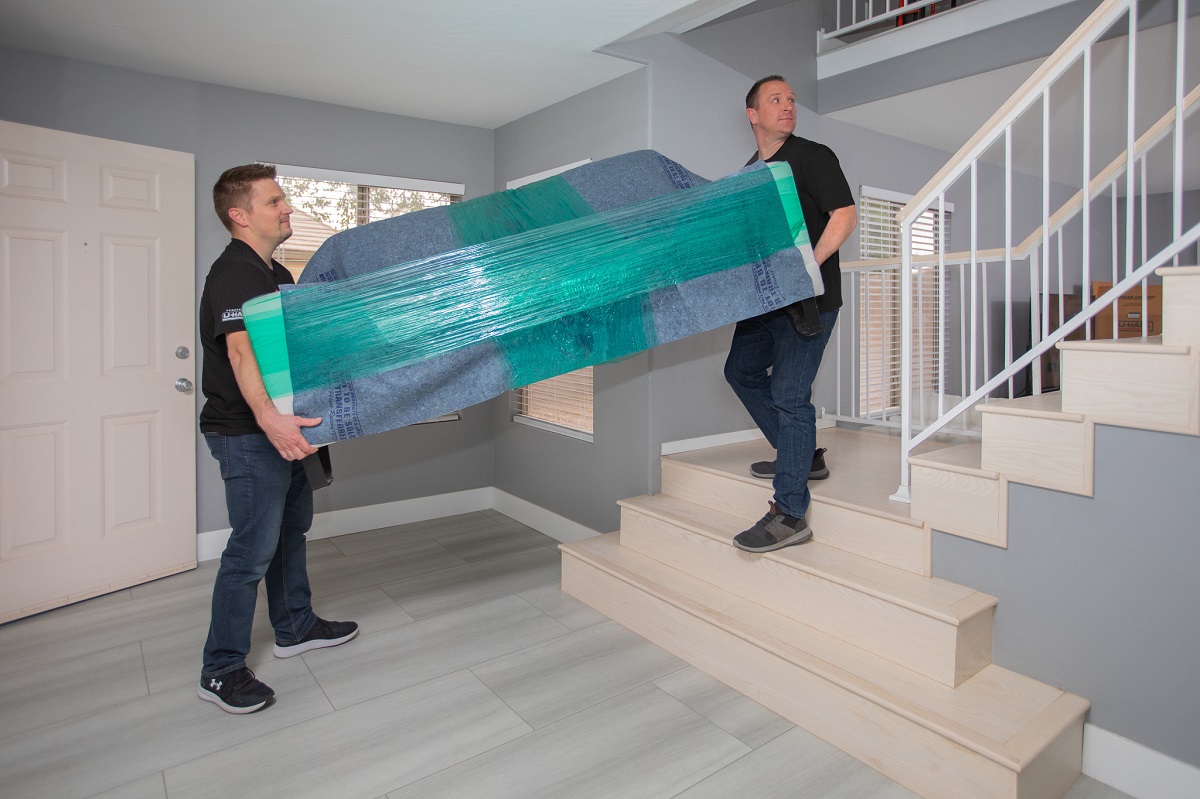
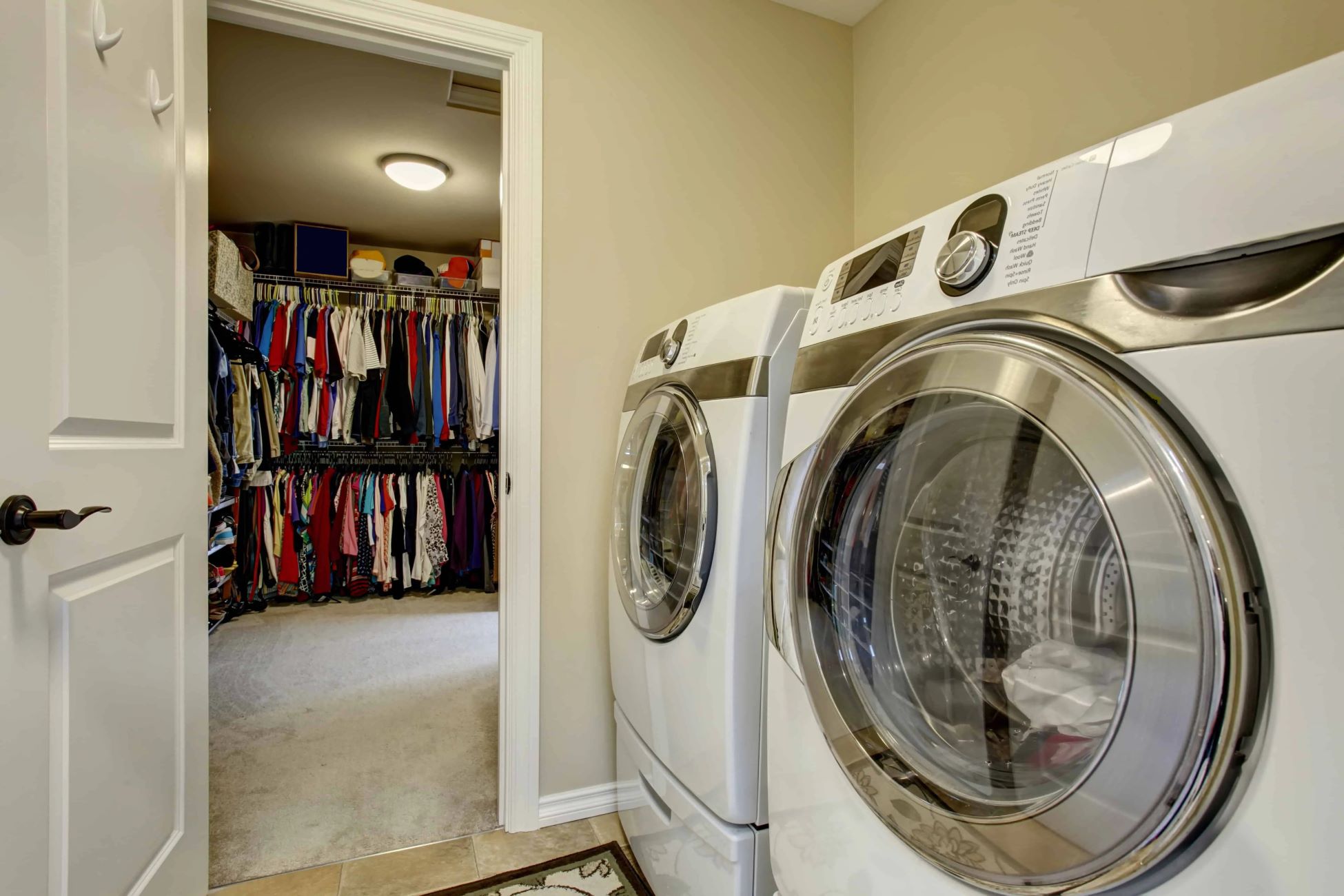
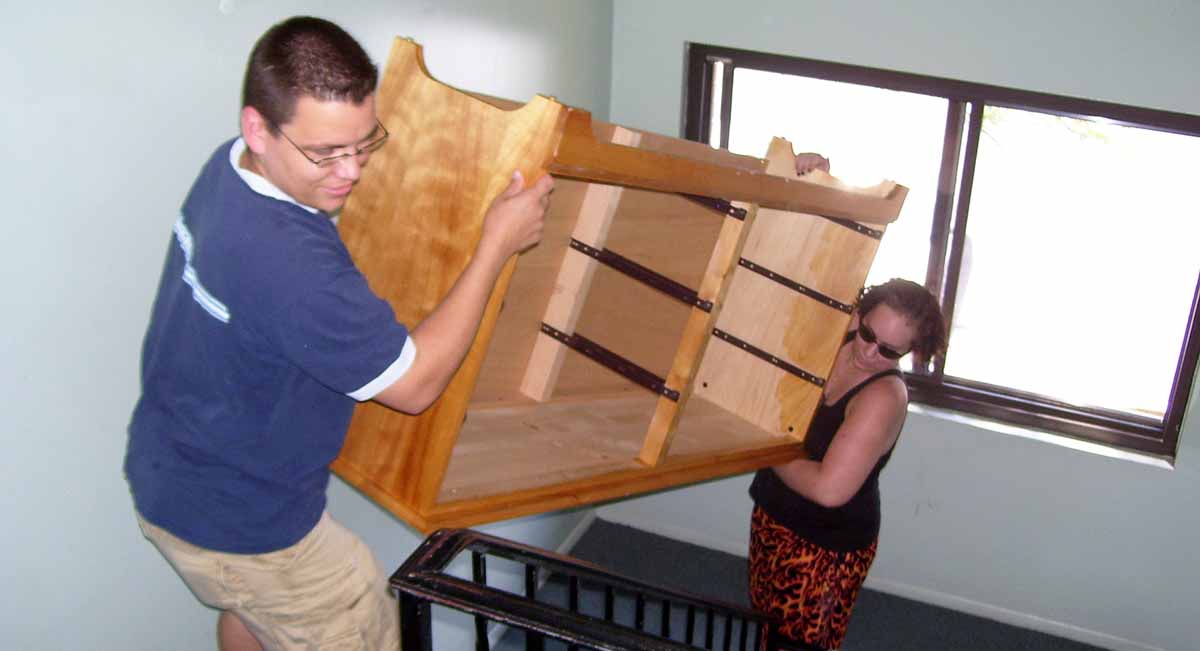
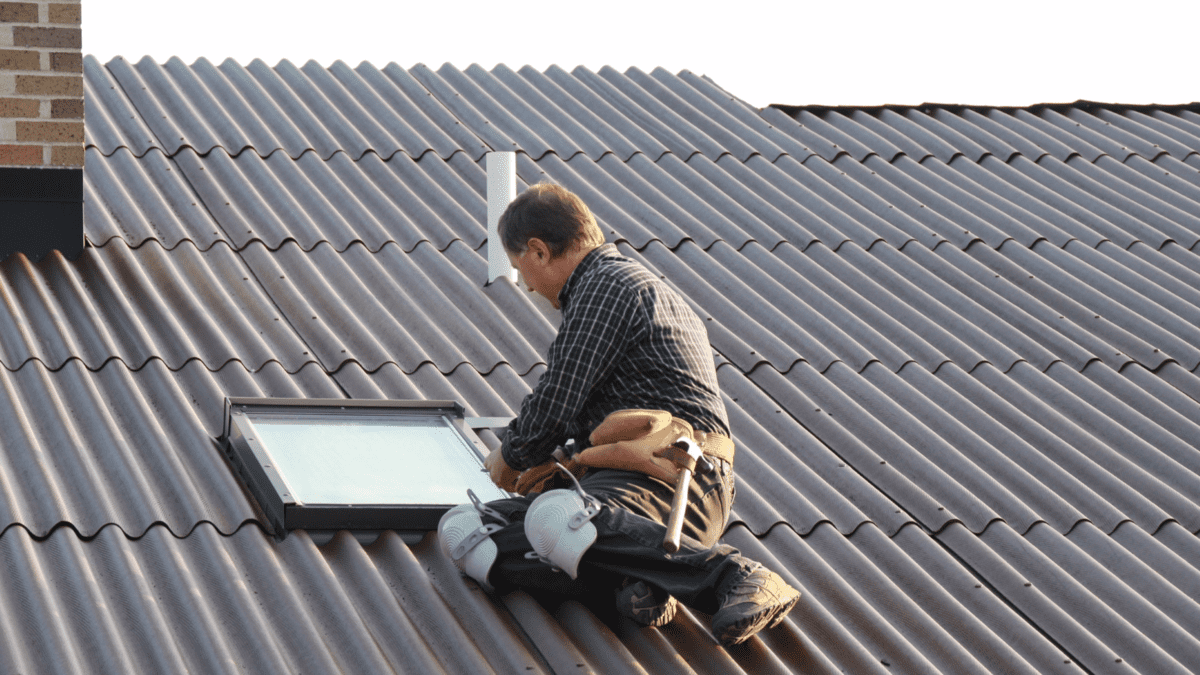
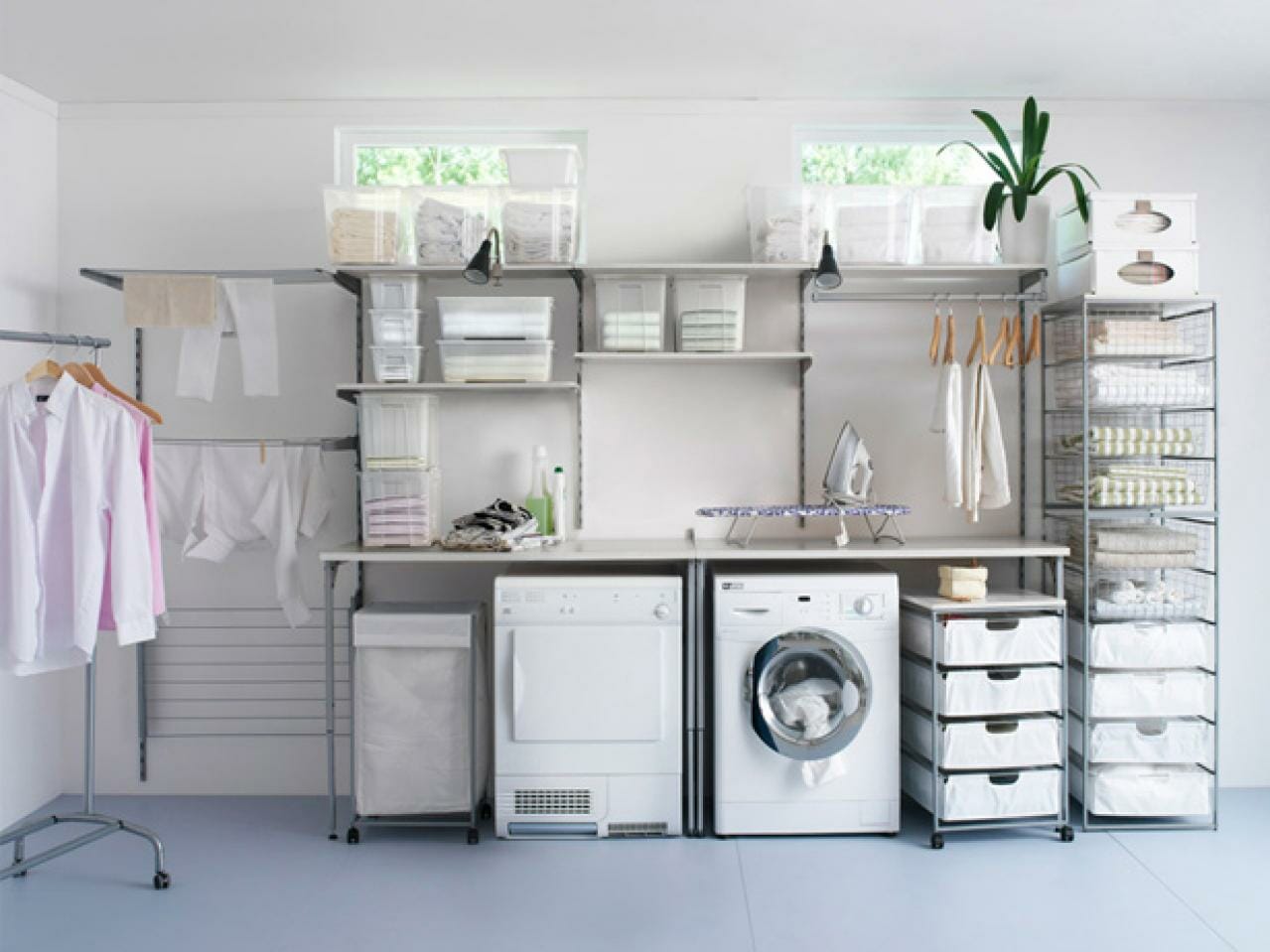
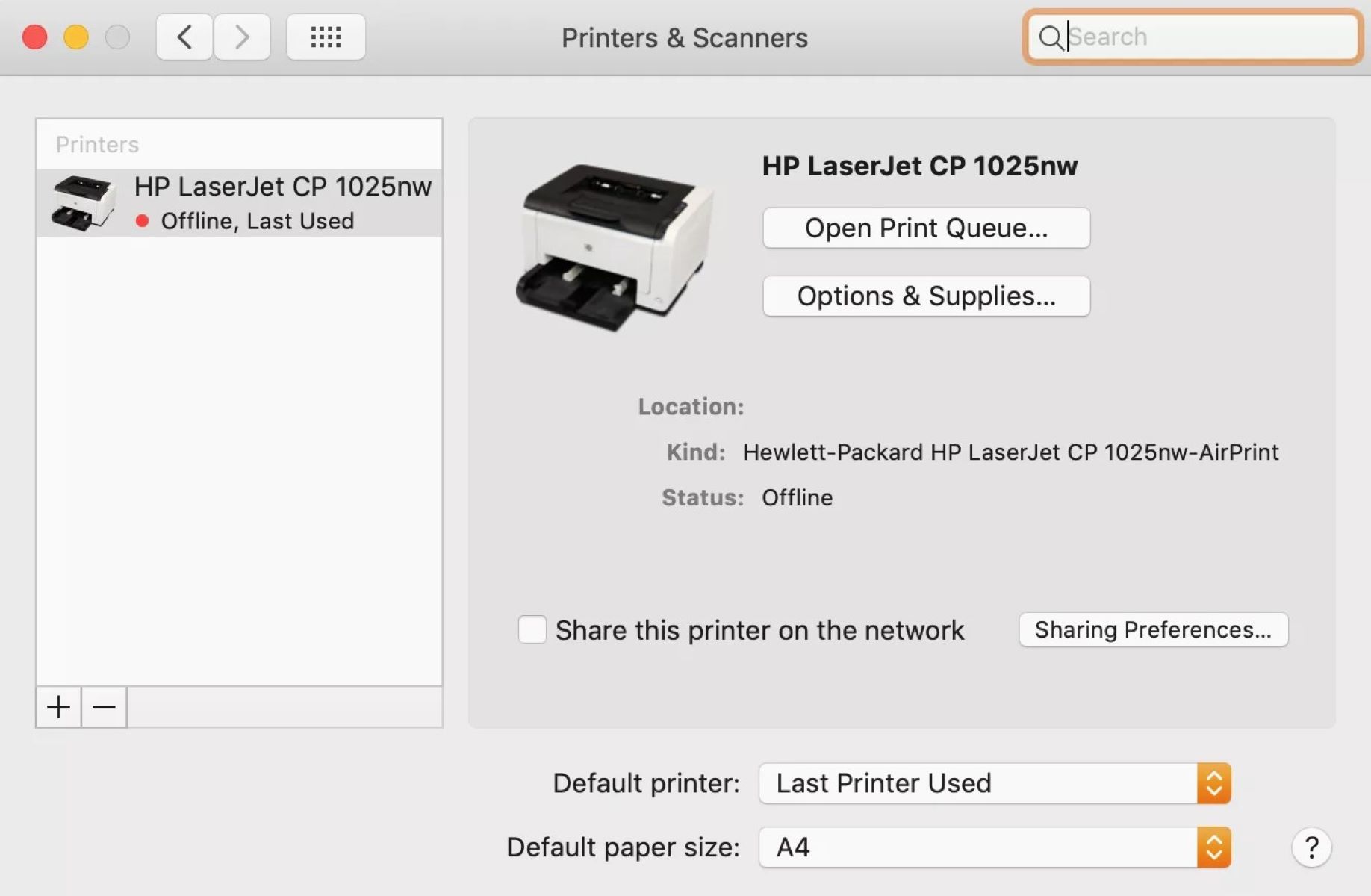
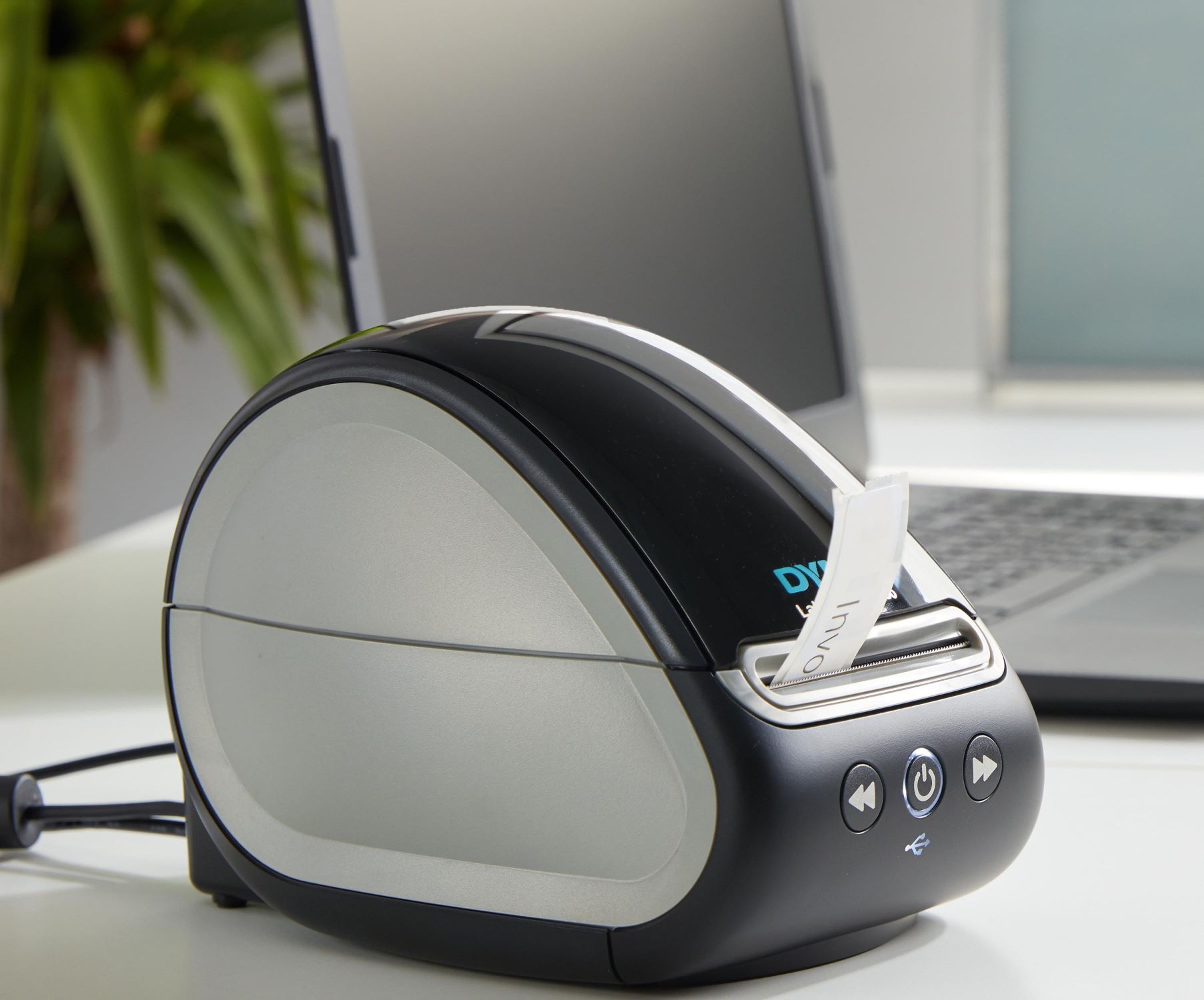
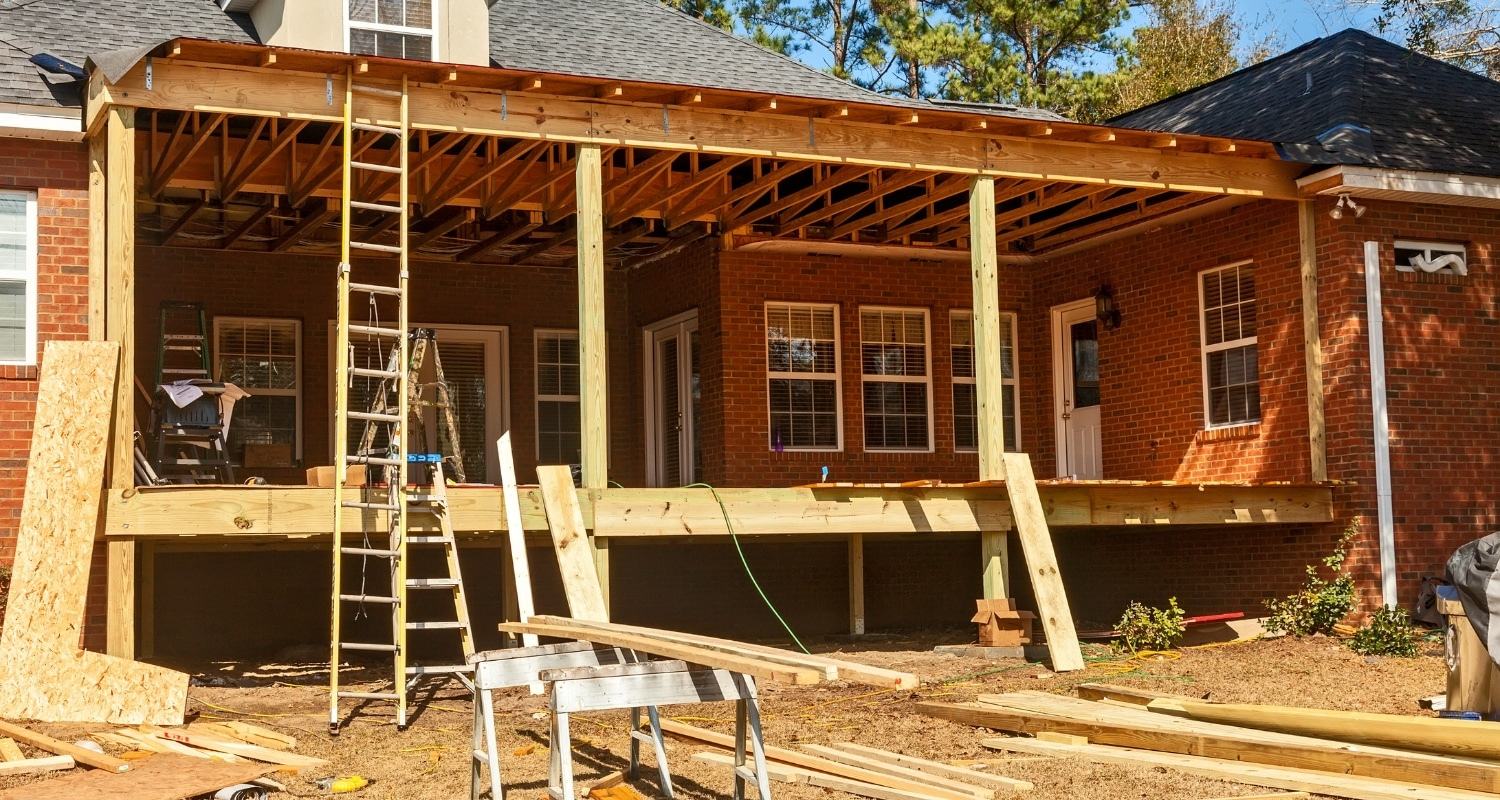
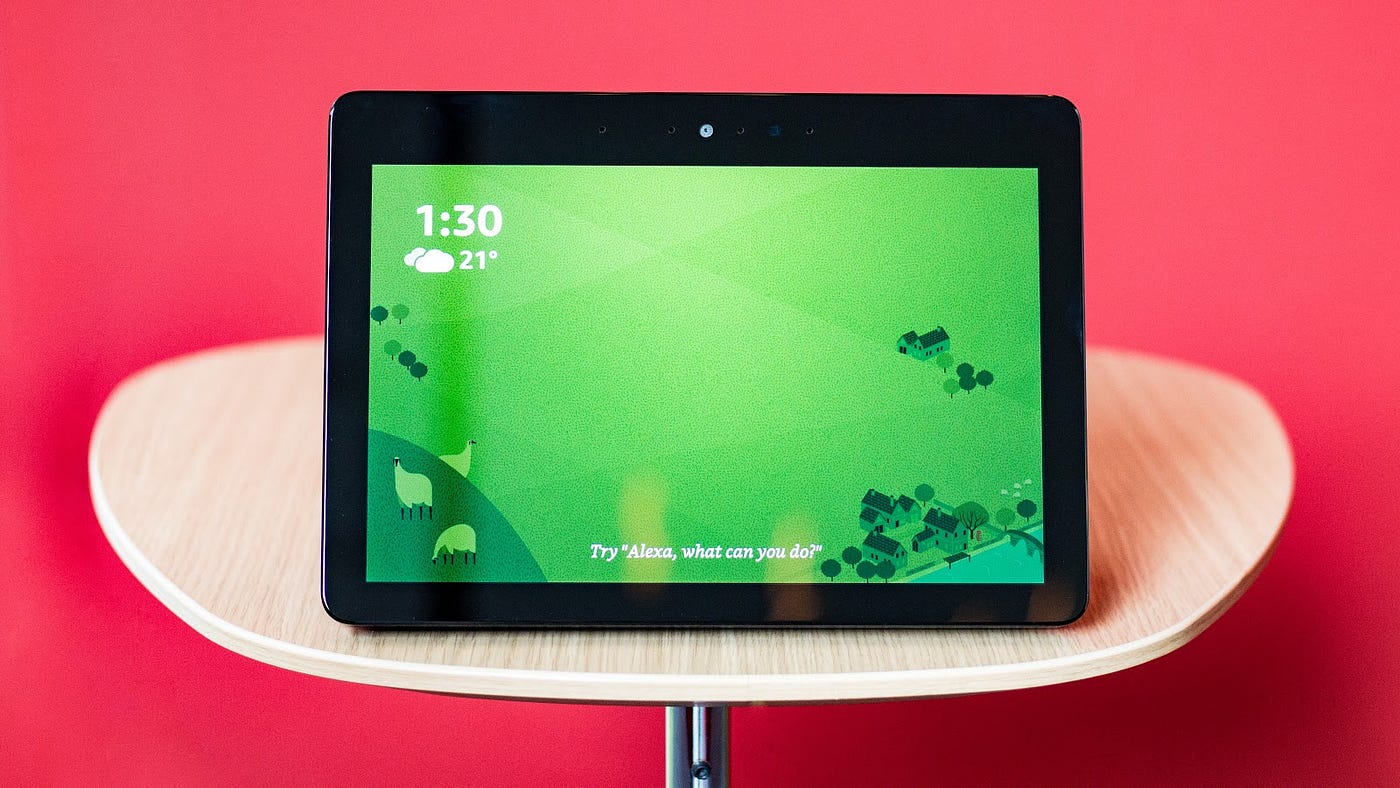
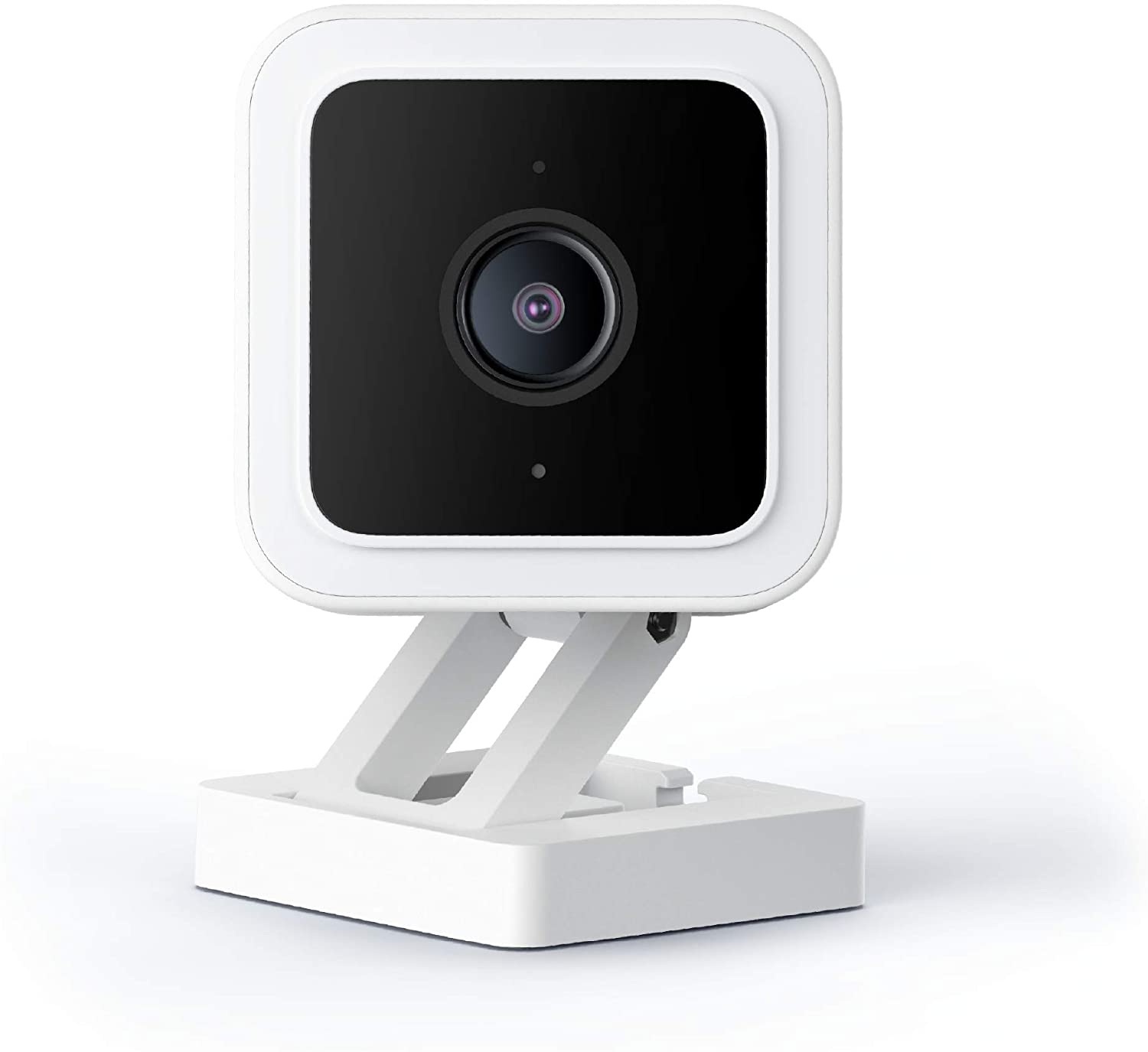

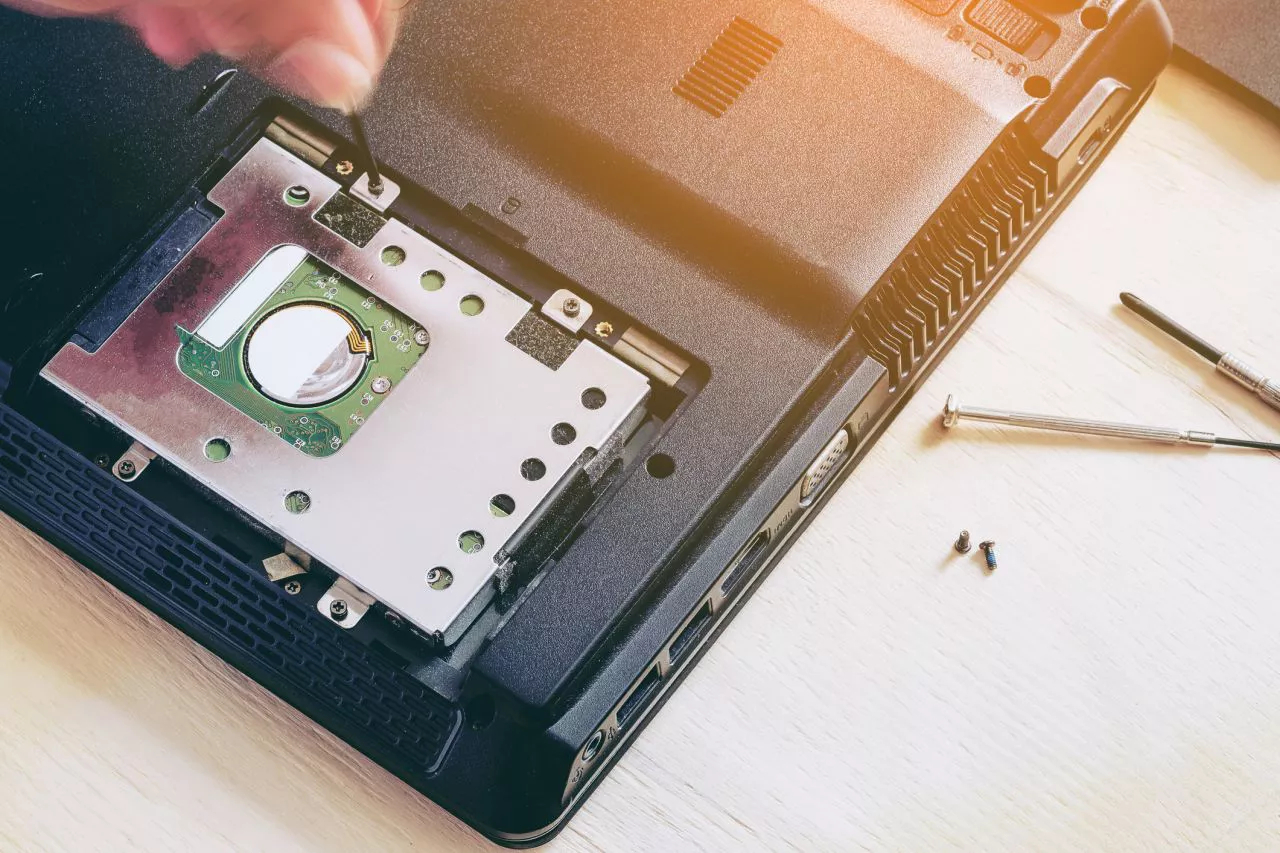
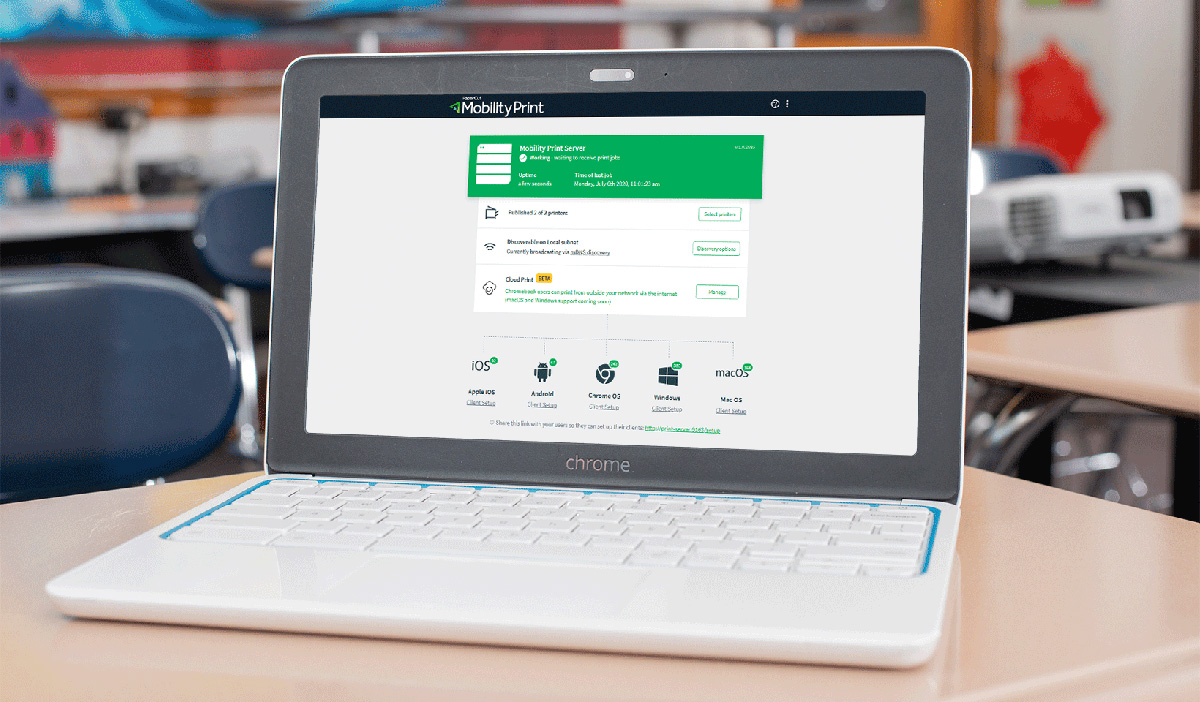

0 thoughts on “How To Add A Thermostat Upstairs”